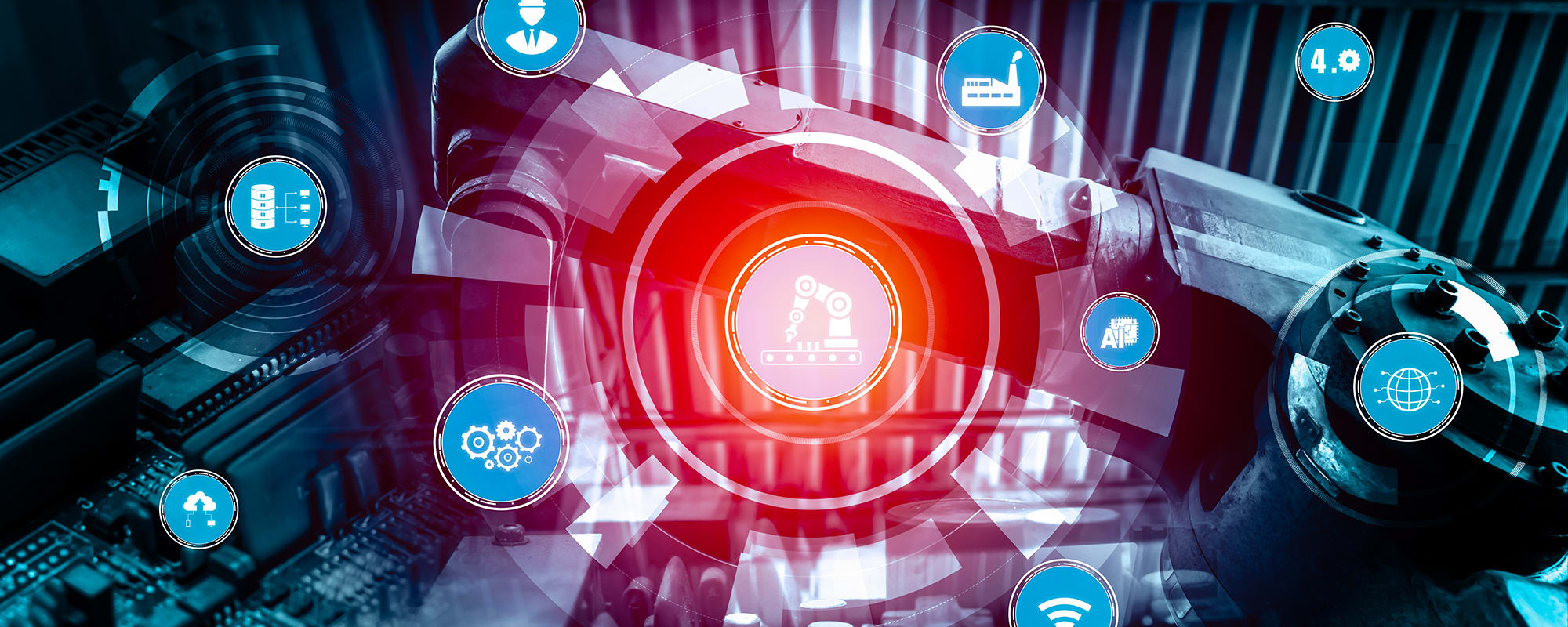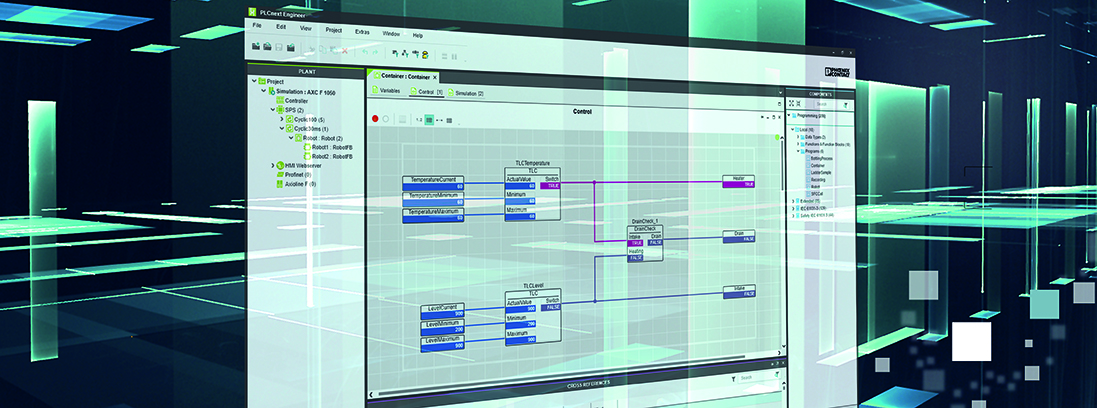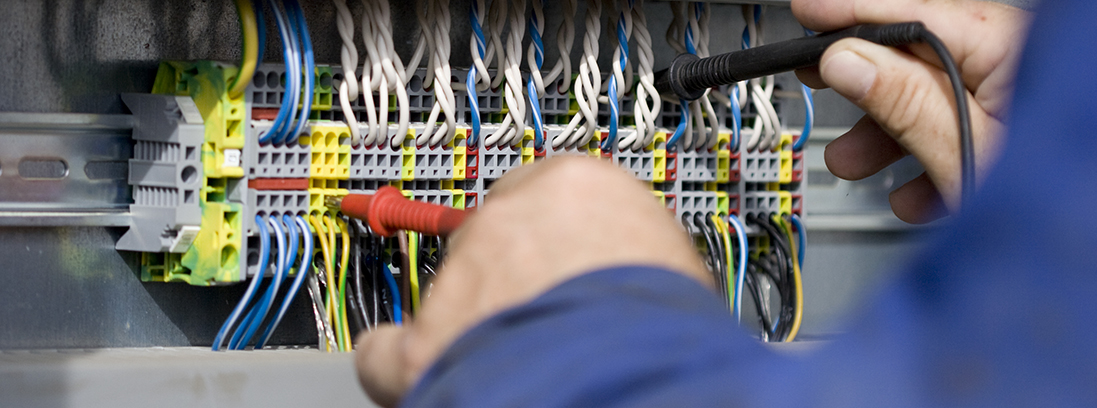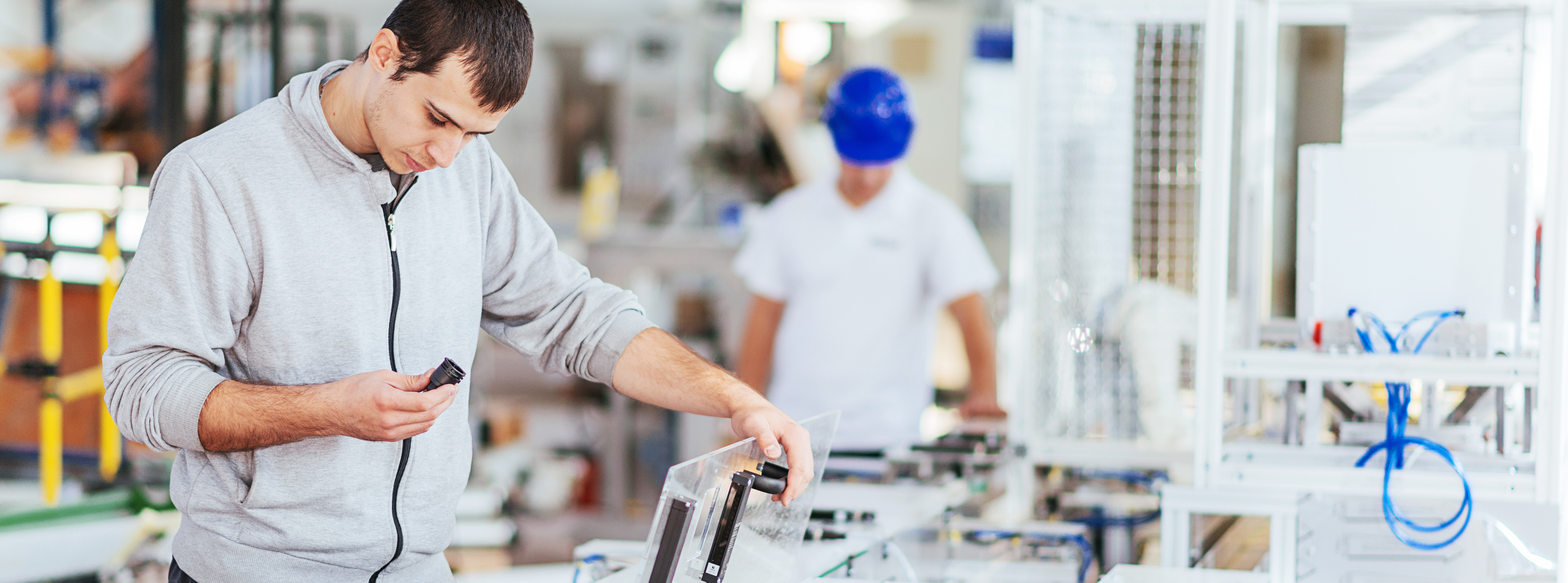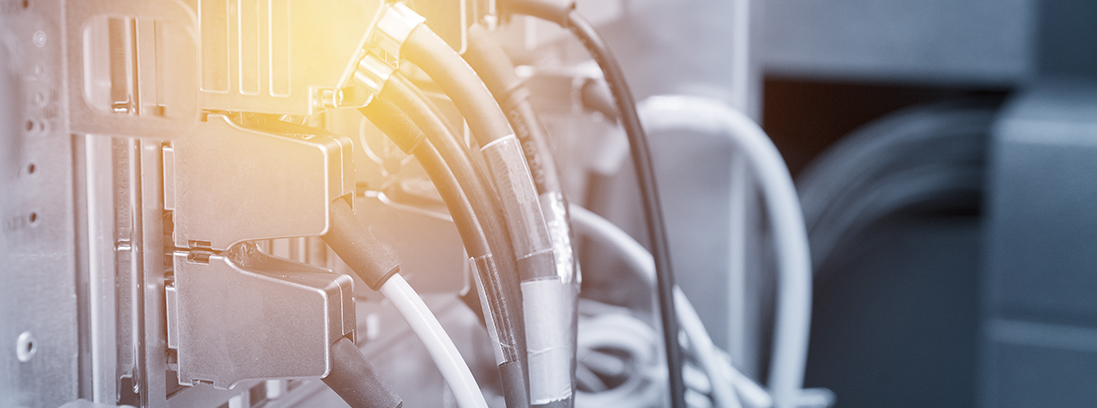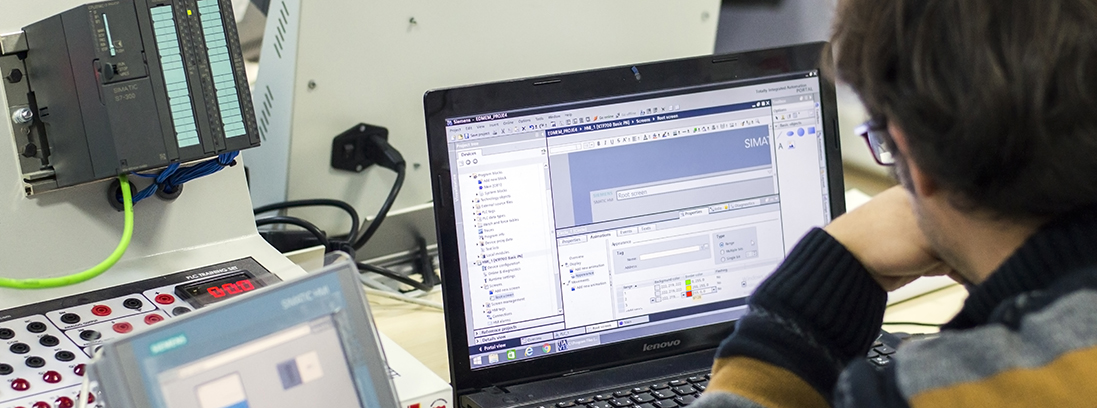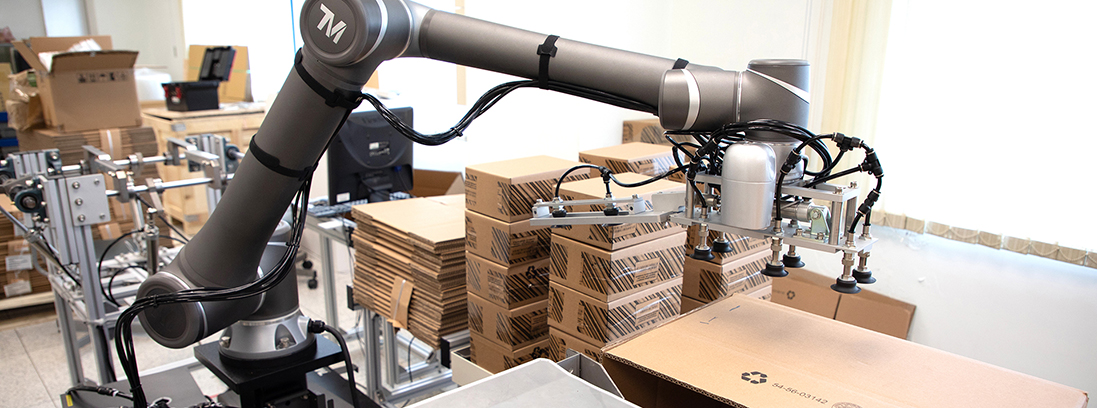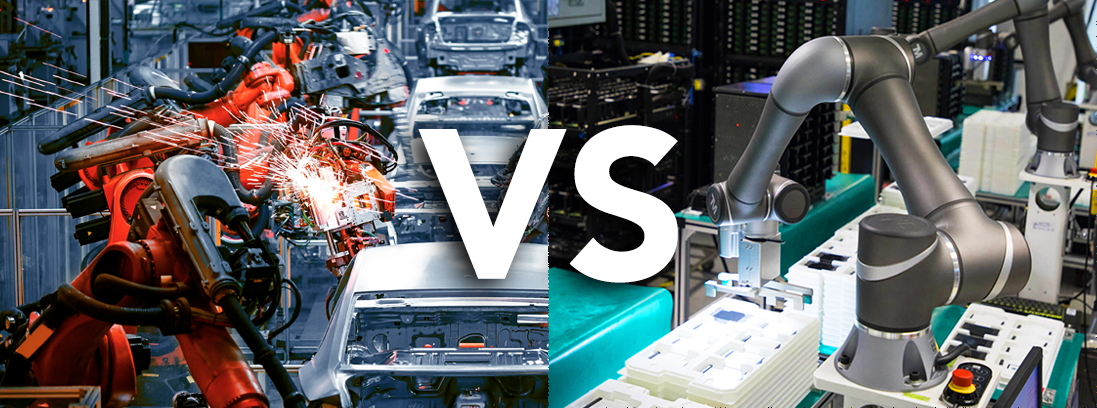Kim Jackson
Paul Heine, Senior Go-To-Market Specialist and IIoT Product Manager at Sensata Technologies
On this episode of the Allied Expert Advice podcast, we’re talking with Paul Heine, Senior Go-To-Market Specialist and IIoT Product Manager at Sensata Technologies about wireless sensing solutions...
Industrial automation products traditionally relied on proprietary hardware and software, even when incorporating commercially available technologies. Now industry is following the lead of enterprise by fully adopting open source.
An experienced generation of industrial automation professionals has relied on proprietary hardware,...
The basic 4 to 20 milliamp current loop is by far the most prevalent method of industrial automation analog measurement and control, so designers need a solid understanding of their operation.
Analog process signals are those used to measure or...
You’ve invested time into researching many aspects of PLC (programmable logic controller) automation and are now ready for your first project. Here are a few pointers to help you proceed.
The good news is that there are many great products...
Industrial control panels, automation systems and instruments commonly use 24 Vdc as the control voltage for safety and performance reasons.
Industrial control panels can, and sometimes do, use many different signaling voltages ranging from 480 Vac down to 24 Vac, and 110 Vdc...
Modern PLC platforms offer many types of digital communications, so users need to know some basics before configuring and programming these systems.
Programmable logic controllers (PLCs) come in many form factors, ranging from small all-in-one brick styles up to modular...
Because cobots are such a new automation category, countless innovative applications are possible. Many manufacturing tasks done by people can be improved by incorporating a cobot.
Collaborative robots, or cobots, represent a relatively new automation category, adding capabilities never before possible...
Traditional industrial robots are big, fast and strong, able to effortlessly handle welders and automobile assemblies. Cobots are none of those things but are instead enabling a whole new range of collaborative manufacturing practices.
When asked to think of robots,...
Popular media has familiarized most people with the powerful efficiency of traditional industrial robots, and collaborative robots are an evolution of the technology optimized for interacting and working side-by-side with human operators.
Collaborative robots (cobots) may look like scaled-down versions...
